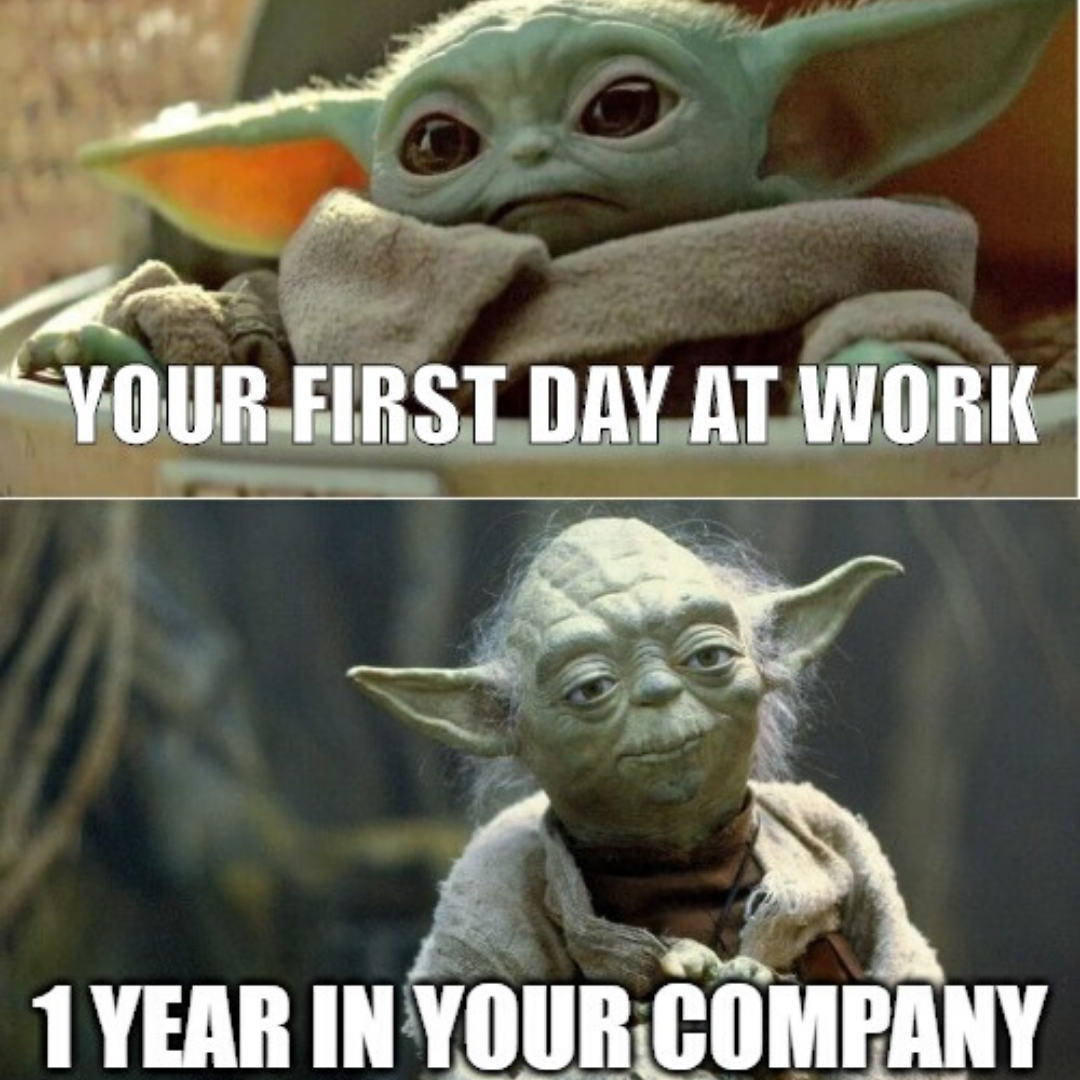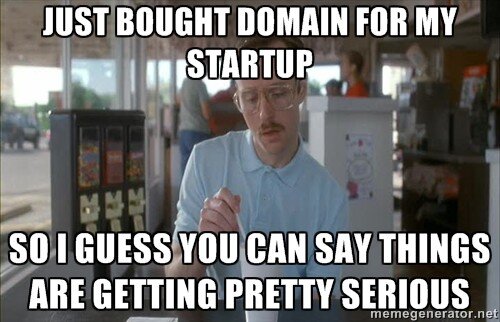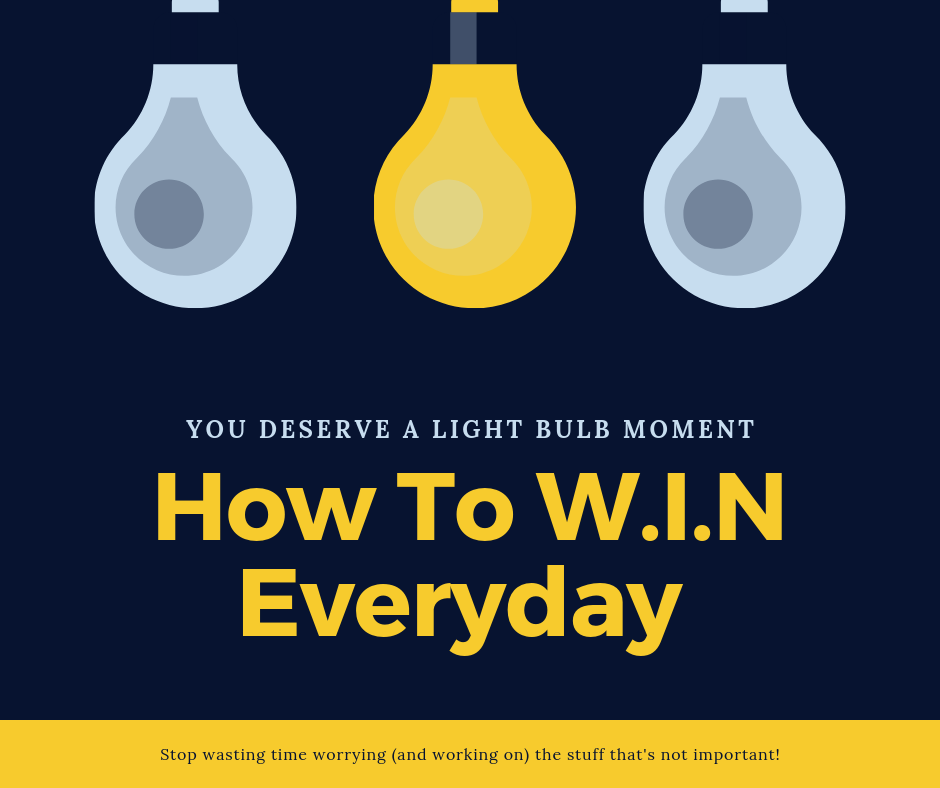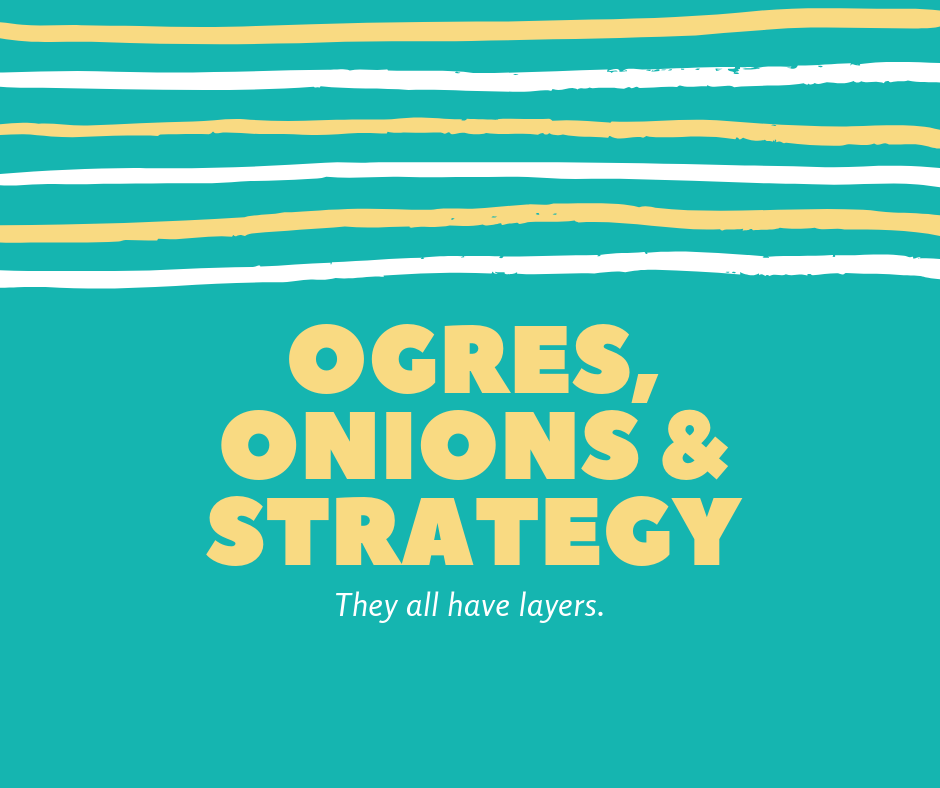As of March 10, 2025, small businesses in the U.S. are riding a wave of cautious optimism. With 33.3 million small businesses making up 99.9% of all U.S. firms, you’re the heartbeat of the economy—driving jobs, innovation, and community vitality. But what’s the real story right now, and how can you make the most of the nine months left in 2025? Let’s break it down and give you concrete steps to finish the year strong.
The Big Picture: Optimism Meets Resilience
The mood among small business owners is the brightest it’s been in years. The National Federation of Independent Business (NFIB) reported in January that optimism hit a six-year high, fueled by economic policy shifts and lower interest rates from Federal Reserve cuts in late 2024. Surveys like NEXT Insurance’s November 2024 poll show 73% of owners feeling good about their 2025 prospects, with 66% expecting higher sales and 67% eyeing bigger profits.
But it’s not all smooth sailing. Inflation and labor shortages top the worry list, with 17% of owners raising prices and 15% cutting costs to keep up, per NFIB’s February data. Sales are mixed—14% saw declines recently, and holiday spending dropped 40% from 2023’s $485 to $294 per consumer. Still, the U.S. Chamber of Commerce predicts stronger economic growth ahead, and local hubs like Dallas-Fort Worth show small businesses thriving, with 1.4 million of its workforce in small firms.
What’s Shaping Your World Right Now
Lower Borrowing Costs: Interest rate cuts mean cheaper loans—14% of owners plan new products, and 8% are eyeing second locations.
Tech Boom: AI is everywhere—40% of you are using generative tools, and 98% rely on AI-powered software (luiszhou.com, January 2025).
Customer Focus: Personalized service and sustainability are winning consumer hearts.
E-commerce Surge: Online sales are 20% of retail and climbing toward 22.6% by 2027.
The Challenges You’re Facing
Rising Costs: Inflation’s squeezing margins, and consumers are spending less.
Labor Woes: 40% of you can’t find skilled workers, and 35% have open jobs.
Cash Flow Crunch: While 73% feel solid (Bankrate, Q2 2024), 12% fear closure, with some leaning on credit cards or second mortgages.
So, how do you turn this moment into momentum? Here are actionable steps to seize opportunities and tackle challenges before 2025 wraps up.
5 Actionable Steps for Small Business Owners to Crush It in 2025
1. Leverage Cheap Capital for Growth
Why It Matters: With interest rates down, borrowing is more affordable than it’s been in years.
What to Do:
Audit Your Needs: Could a new product, second location, or equipment upgrade boost revenue? Run the numbers.
Shop Loans: Compare rates from banks, credit unions, or SBA programs like the 7(a) loan—rates are friendlier now.
Act Fast: Apply by Q2 to launch projects by summer, capitalizing on peak seasons.
Example: A café owner could finance a patio expansion for under $20,000, adding seats for the holiday rush.
2. Double Down on AI and Tech
Why It Matters: Tech adoption is a game-changer—40% of small businesses are already on board, and it’s saving time and money.
What to Do:
Start Small: Use free or low-cost AI tools like chatbots (e.g., Tidio) for customer service or Canva’s AI for marketing graphics.
Train Your Team: Spend a day teaching staff to use AI for inventory or scheduling—83% of owners see it as a priority (luiszhou.com).
Test and Scale: Run a one-month trial, track results, and expand what works.
Example: A retailer could automate social media posts with Buffer’s AI, freeing up 5 hours a week.
3. Boost Customer Loyalty with Personal Touches
Why It Matters: Consumers crave connection, and standout service beats big-box competition.
What to Do:
Reach Out: Email or text your top 50 customers a personalized thank-you with a 10% off coupon for April.
Go Green: Highlight one sustainable practice (e.g., eco-friendly packaging) on social media—values matter to buyers.
Gather Feedback: Use a quick Google Form to ask what they want next—it’s free and builds trust.
Example: A boutique could host a “VIP Night” in May, offering loyal shoppers early sale access.
4. Tackle Labor Shortages Head-On
Why It Matters: 40% of you are struggling to hire, but wages and culture can turn the tide.
What to Do:
Raise Pay Strategically: If 47% of owners are upping wages, match local rates for key roles—check Indeed’s salary data.
Sell Your Story: Post a “Why Work Here” video on X or Instagram, showing your team’s vibe.
Tap Local Talent: Partner with a community college for interns or part-timers by June.
Example: A mechanic shop could offer a $500 sign-on bonus, landing a skilled hire by July.
5. Tighten Finances Without Sacrificing Growth
Why It Matters: Rising costs and uneven sales demand smart cash flow moves.
What to Do:
Cut Fat, Not Muscle: Review subscriptions—cancel one unused tool (e.g., that $20/month app you forgot).
Push Pre-Sales: Offer a 15% discount on gift cards or services booked for Q4 now—cash today, delivery later.
Negotiate: Call vendors to lock in 2025 rates before inflation spikes again.
Example: A salon could sell $100 holiday packages in August, banking $5,000 upfront.
The Bottom Line
March 2025 is a pivotal moment for small businesses. Optimism is high, the economy’s stabilizing, and tools like AI and lower rates are in your favor. But challenges—costs, labor, cash flow—aren’t going away. By acting now, you can ride this wave into a stronger year-end. Whether it’s borrowing smart, embracing tech, or wooing customers, the next nine months are yours to shape. What’s your first move?

















